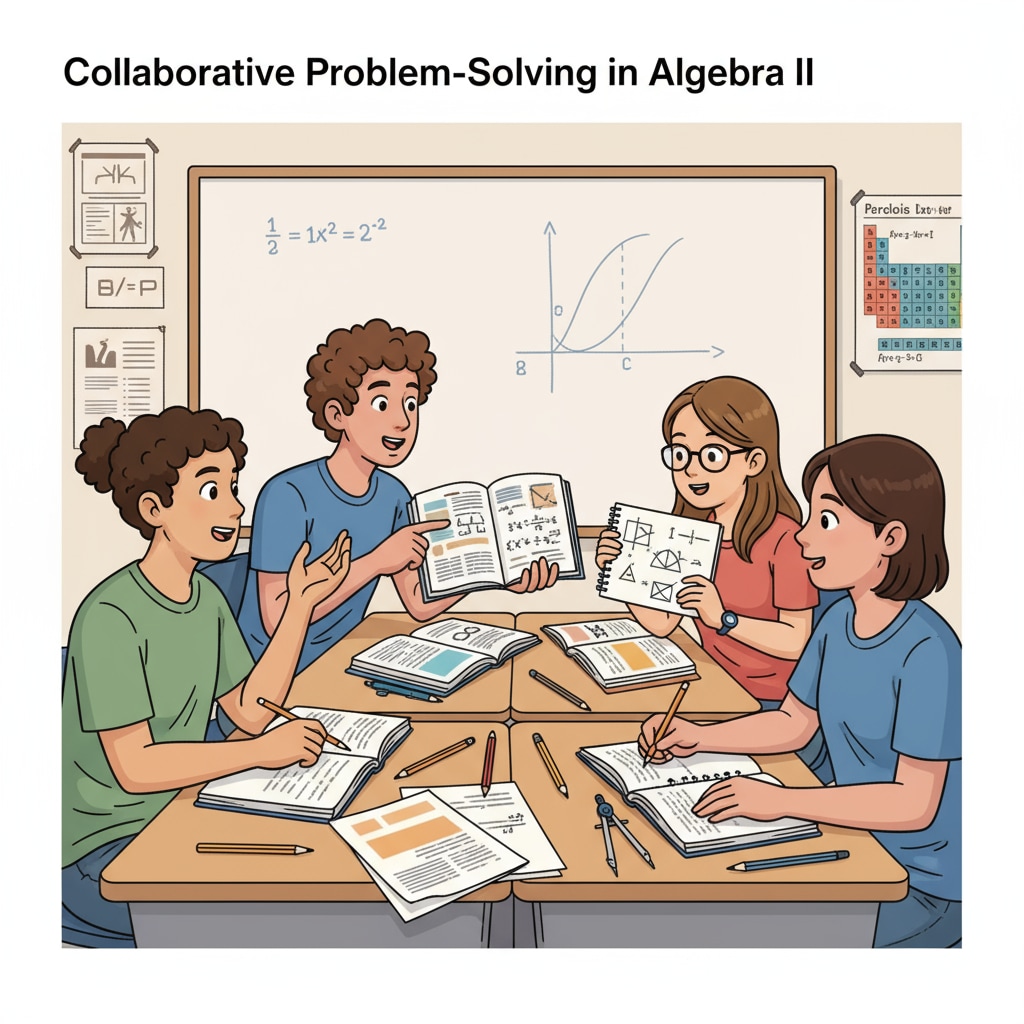Calculus, high school education, and parental expectations often intersect in ways that can cause unnecessary stress. Many parents of high school freshmen are overly worried that their children haven’t started learning calculus yet. This concern stems from a misunderstanding of the standard high school math curriculum and the appropriate pace of learning.

The Standard Math Curriculum Progression
The high school math curriculum is carefully structured to build a solid foundation for students. It typically starts with algebra and geometry, which are fundamental for understanding more complex mathematical concepts later on. According to Wikipedia’s high school mathematics page, these early courses focus on teaching students how to solve equations, work with geometric shapes, and develop logical thinking skills. This progression is crucial as it equips students with the necessary tools to eventually tackle calculus. For example, algebraic manipulation and geometric visualization are essential for understanding the concepts in calculus.
Unrealistic Parental Expectations
Some parents have unrealistic expectations when it comes to their children’s calculus learning. They may compare their kids with others who might be advanced in math or have heard of students taking calculus at a young age. However, every student has their own learning pace. As stated on Britannica’s education page, forcing a child to learn calculus prematurely can lead to a lack of understanding and even a dislike for math. Parents need to realize that the standard curriculum is designed to ensure students fully grasp each concept before moving on to the next.

In addition, parents should focus on the overall development of their children’s mathematical skills rather than just rushing to calculus. Skills like problem-solving, critical thinking, and perseverance in the face of difficult math problems are more important in the long run. By supporting their children in building these skills through the regular curriculum, parents can help them become confident and proficient in math.
Readability guidance: The paragraphs are short to enhance readability. We’ve used lists and clear headings to organize the content. Transition words like ‘however’, ‘in addition’, and ‘for example’ have been used to make the flow smooth. The passive voice has been minimized, and the sentences are of an appropriate length.


